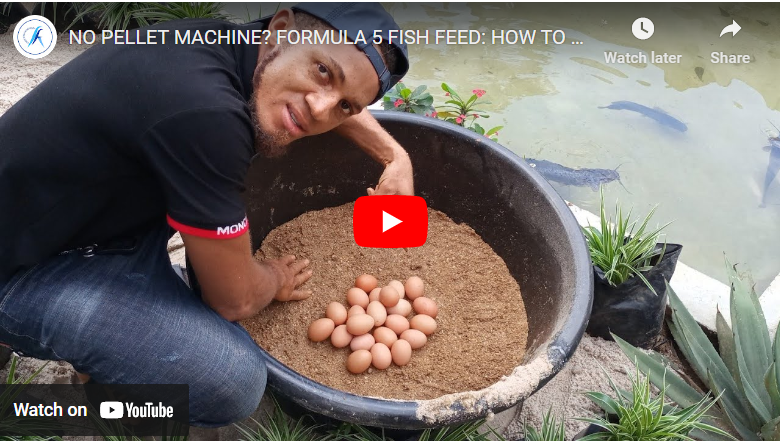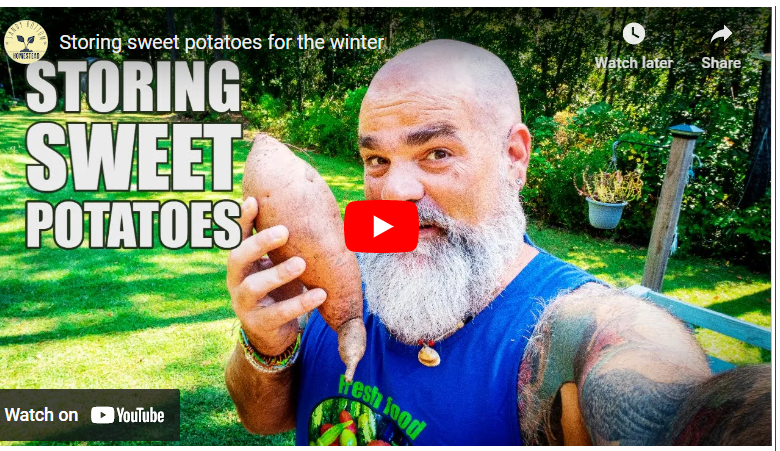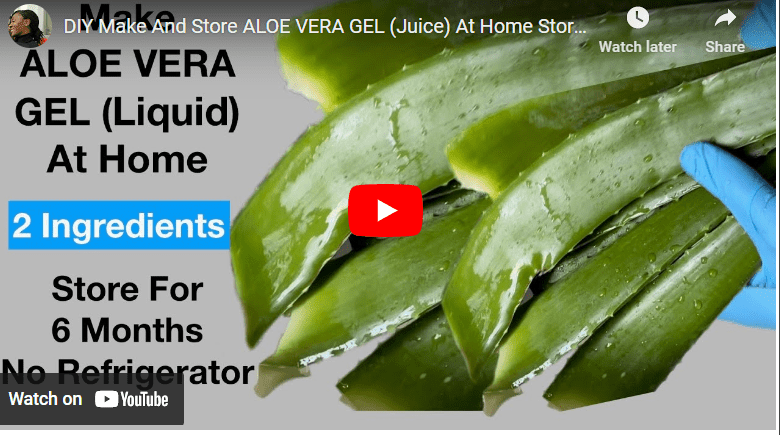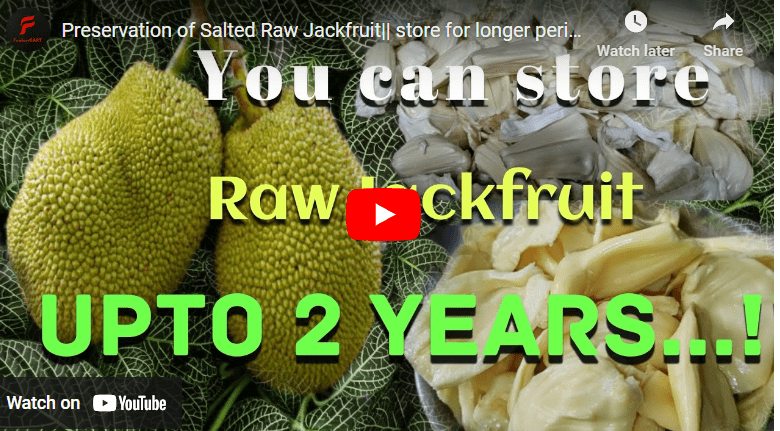In Ghana, aquaculture plays an important role in the country’s economy and is a valuable source of food and nutrition for its citizens. Formulating fish feed is critical in order to ensure that these aquaculture systems remain productive and sustainable.
The process of formulating fish feed in Ghana involves selecting the appropriate ingredients, selecting the correct feed formulation, and producing the feed in an appropriate and cost-effective manner. When selecting ingredients, it is important to consider the nutrient requirements of the fish being cultivated.
Common ingredients used in Ghanaian aquaculture include fishmeal, shrimp meal, wheat, maize, soybean meal, and other plant products. The right combination of these ingredients can ensure that fish receive the proper nutrients. Additionally, additives, such as vitamins and minerals, can be added to the feed to further enhance the nutritional value.
Once the ingredients have been selected, the appropriate feed formulation must be determined. This involves calculating the amount of each ingredient that should be included in the feed and accounting for the nutritional requirements of the fish. Additionally, the types of feed should be considered, as some species may require particular ingredients or formulations.
The feed must be produced in an appropriate and cost–effective manner. This involves purchasing the correct equipment and having the correct facilities for production. Additionally, the feed must be stored in a way that prevents spoilage and contamination. By following these steps, fish farmers in Ghana can ensure that their aquaculture operations remain productive and sustainable.
How To Formulate Fish Feed In Ghana Step By Step Guide
Fish feed has become a necessity considering the increasing number of fish farming in Ghana who requires fish feed for their fishes.
While there are many different types of fish feed, today, you will learn the common fish feed that you can formulate in Ghana.
The following steps will help you formulate your fish feed:
Read Also: [Beginners Guide] How To Formulate Feed For Snail
Step 1: Identify the fish species
If you want to formulate fish feed in Ghana, you should start by identifying the fish species that you want to feed.
This is because different species have different nutritional requirements, and the feed formulation will depend on these requirements.
Once you have identified the fish species, the next step is to select the ingredients for the feed.
Step 2: Select the ingredients
Common ingredients used in fish feed formulation in Ghana include soybean meal, maize, wheat bran, fishmeal, and poultry by-products.
However, the specific ingredients you choose will depend on the nutrient requirements of the fish species you are feeding.
Read Also: [Beginners Guide] How To Formulate Feed For Snail South Africa
Step 3: Determine The Nutrient Requirements Of The Fish
Based on the species of fish, determine the required nutrient composition for the feed. Consider the following factors: water temperature, feeding habits, age, health, and activity levels.
Research the specific dietary requirements of the species and consult with a nutritionist or fish biologist to ensure the feed meets the needs of the fish.
Step 4: Calculate The Ingredient Proportions
You need to also calculate the ingredient proportions required to meet the nutrient requirements of the fish. This step is critical because the proportions of each ingredient determine the final nutrient composition of the feed.
Read Also: [Beginners Guide] How To Formulate Feed For Snail In the US
To calculate the ingredient proportions, you need to know the nutrient requirements of the fish species you are feeding. These requirements are based on factors such as the fish’s age, size, growth rate, and activity level.
For example, young fish have higher protein requirements than adult fish, and carnivorous fish require more animal protein than herbivorous fish.
Step 5: Mix The Ingredients:
You need to mix the ingredients in the correct proportions to produce the desired nutrient composition. Mixing the ingredients can be done manually or by using a mixer machine.
However, using a mixer machine is recommended, as it ensures a more uniform distribution of ingredients and saves time.
Read Also: [Beginners Guide] How To Formulate Feed For Snail In Ghana
It is important to mix the ingredients thoroughly to ensure that each pellet contains the correct proportion of nutrients. This will prevent nutrient imbalances, which can affect fish growth and health.
More so, mixing should be done in a clean environment to prevent contamination of the feed. Mixing equipment should also be cleaned and sanitized before use to prevent the introduction of harmful bacteria or pathogens.
Step 6: Pelletize The Feed
The next step is to pelletize the feed into small, uniform-sized pellets using a pelletizer machine.
Read Also: [Beginners Guide] How To Formulate Feed For Snail In Nigeria
Pelletizing the feed has several advantages, such as improving feed digestibility, reducing feed waste, and enhancing feed handling and storage.
Pellets are also easier for fish to eat, and they sink quickly to the bottom of the pond, making it easier for fish to find and consume them.
Make sure that the pellet size are appropriate for the fish species being fed to ensure that they can swallow and digest the pellets easily.
Read Also: [Beginners Guide] How To Formulate Fish Feed In South Africa
Step 7: Store The Feed
It is important that you store the feed properly to prevent spoilage. The feed should be stored in a cool, dry, and well-ventilated place, away from direct sunlight and moisture.
Exposure to moisture can cause mold growth, while exposure to sunlight can lead to nutrient degradation. Proper storage of the feed will help to maintain its quality and prevent spoilage.
It is also essential to label the feed bags properly, indicating the date of production, the ingredients used, and the nutrient composition of the feed.
Proper labeling will help to identify the feed easily and track its production and quality.
Read Also: [Beginners Guide] How To Formulate Fish Feed in Uganda
Step 8: Test The Feed
You need to test the feed to ensure that it meets the nutrient requirements of the fish species. Testing can be done in a laboratory, where the feed’s nutrient composition is analyzed.
The nutrient analysis results can be compared with the nutrient requirements of the fish species to determine if the feed meets the requirements.
If the feed does not meet the nutrient requirements of the fish species, adjustments need to be made to the ingredient proportions.
Step 9: Adjust The Feed
If the feed does not meet the nutrient requirements of the fish species, adjust the ingredients’ proportions until the desired nutrient composition is achieved.
It is important to note that adjustments should be made gradually to avoid nutrient imbalances or over-supplementation.
The adjusted feed should be tested again to ensure that it meets the nutrient requirements of the fish species.
Benefits of Formulating Fish Feed in Ghana
#1. Customization
Formulating fish feed in Ghana allows fish farmers to customize the feed to meet the specific nutrient requirements of the fish species they are rearing.
#2. Cost-effectiveness
Formulating fish feed in Ghana can be more cost-effective than purchasing commercial fish feed. This is because farmers can use locally available ingredients, reducing the cost of importing feed.
#3. Quality Control
Formulating fish feed in Ghana enables fish farmers to have better control over the feed’s quality, thereby ensuring that the feed meets the desired nutrient requirements of the fish species.
Cost of Formulating Fish Feed in Ghana
The cost of formulating fish feed in Ghana depends on several factors, such as the cost of ingredients, the cost of equipment, and the cost of labor. However, in general, formulating fish feed in Ghana is often more cost-effective than purchasing commercial fish feed.
Projected Profit of Fish Feed in Ghana
The projected profit of fish feed in Ghana varies depending on the cost of production, the selling price, and the demand for the feed. However, there is a significant demand for high-quality fish feed in Ghana, which presents a viable market opportunity for fish feed producers.
How much is Fish Feed Sold in Ghana
The price of fish feed in Ghana varies depending on the brand, quality, and nutrient composition. However, on average, fish feed in Ghana can be sold for between GHS 100 and GHS 300 per 50kg bag.
Disadvantages of Formulating Fish Feed in Ghana
#1. Labor-intensive
Formulating fish feed in Ghana can be labor-intensive, requiring significant manpower to operate equipment and machinery.
#2. Quality control
Maintaining quality control when formulating fish feed in Ghana can be challenging, particularly when using locally sourced ingredients.
#3. Time-consuming
Formulating fish feed in Ghana can be time-consuming, with the entire process taking several hours to complete.
Best Practices of Formulating Fish Feed in Ghana
#1. Use High-Quality Ingredients
Using high-quality ingredients is crucial for producing high-quality fish feed.
#2. Maintain Proper Hygiene
Maintaining proper hygiene throughout the production process is essential to prevent contamination and spoilage.
#3. Test The Feed
Testing the feed regularly ensures that it meets the nutrient requirements of the fish species being fed.
Challenges Of Formulating Fish Feed in Ghana
#1. Inadequate Raw Materials
Sourcing high-quality ingredients for fish feed formulation can be challenging due to inadequate raw materials.
#2. Limited Access To Finance
Access to finance is often limited, making it difficult for fish feed producers to scale up their operations.
#3. Lack Of Technical Expertise
The lack of technical expertise can be a significant challenge, particularly in the areas of nutrient analysis and formulation.
Where To Sell Snail Feed in Ghana
Fish feed can be sold to local fish farmers, feed stores, and agricultural cooperatives. It is also possible to sell fish feed online through social media platforms and e-commerce websites.
Equipment Needed For Fish Feed Formulation
Several equipment and tools are needed for fish feed formulation in Ghana. Some of the required equipment include:
#1. Weighing Scales
Accurate weighing of ingredients is essential for the formulation of high-quality fish feed. Scales that can weigh ingredients accurately and precisely are necessary.
#2. Grinder
A grinder is needed to grind ingredients such as maize, soybean, and other grains to a suitable particle size for the fish’s digestive system.
#3. Mixer Machine
A mixer machine is used to mix ingredients in the correct proportions to produce the desired nutrient composition.
#4. Pelletizer Machine
A pelletizer machine is used to compress the mixed ingredients into small, uniform-sized pellets.
#5. Drying Machine
A drying machine is used to dry the feed pellets before storage. It helps to reduce the moisture content of the pellets, thereby preventing mold growth and spoilage.
#6. Packaging Machine
A packaging machine is used to pack the feed pellets into bags or containers for storage and transportation.
#7. Laboratory Equipment
Laboratory equipment such as test tubes, beakers, and nutrient analysis equipment are necessary for nutrient analysis of the feed to ensure that it meets the nutrient requirements of the fish species.
How to Make Fish Feed
To make fish feed, follow these steps:
- Determine the nutrient requirements of the fish species being fed.
- Source high-quality ingredients with the necessary nutrients.
- Calculate the ingredient proportions needed to meet the nutrient requirements.
- Mix the ingredients in the correct proportions.
- Pelletize the feed to produce uniform-sized pellets.
- Keep the feed in a cool, dry location.
- Test the feed to ensure it meets the nutrient requirements.
- Adjust the feed’s ingredients as needed to achieve the desired nutrient composition.
Aller Aqua Fish Feed Price in Ghana
The price of Aller Aqua fish feed in Ghana varies depending on the specific product and packaging size. However, on average, Aller Aqua fish feed in Ghana can cost between GHS 300 to GHS 450 per 50kg bag.
Low Cost Fish Feed Formulation
To formulate low-cost fish feed, fish farmers can use locally available ingredients such as cassava, soybean, groundnut, and rice bran.
These ingredients can be used to create a nutritionally balanced feed that is cost-effective and suitable for the fish species being reared.
Koudijs Fish Feed Price in Ghana
The price of Koudijs fish feed in Ghana depends on the specific product and packaging size. However, on average, Koudijs fish feed in Ghana can cost between GHS 250 to GHS 350 per 50kg bag.
Catfish Feed Formulation PDF
A catfish feed formulation PDF is a guide that provides information on how to formulate catfish feed.
This guide includes information on the nutrient requirements of catfish, the ingredients needed to meet those requirements, and the proportions of each ingredient needed to produce high-quality catfish feed.
Local Feed for Catfish
Local feed for catfish can include locally available ingredients such as cassava, soybean, groundnut, and rice bran.
These ingredients can be used to create a nutritionally balanced feed suitable for catfish rearing.
Fish Feed Companies in Ghana
Some fish feed companies operating in Ghana include Raanan Fish Feed West Africa Ltd, Aller Aqua Ghana Ltd, PPR Farms and Agro Processing Limited, and Nutricare International Limited.
Alternative Feed for Catfish:
Alternative feeds for catfish can include locally available ingredients such as insects, worms, and kitchen waste. These alternative feeds can be used in conjunction with commercial feed to reduce the cost of feeding and improve the nutritional content of the feed.
Conclusion
From our discourse above, it is evident that the process of formulating fish feed in Ghana is tasking but achievable. We hope that with the instruction and guide discussed here, you can make sure that your fish get the nutrition they need to thrive.





Good information. want to explore possibility of being an agent for fish feed in Western Region, Ghana. Best regards.
Definitely it’s worth exploring, with good management practices, you will be good to go